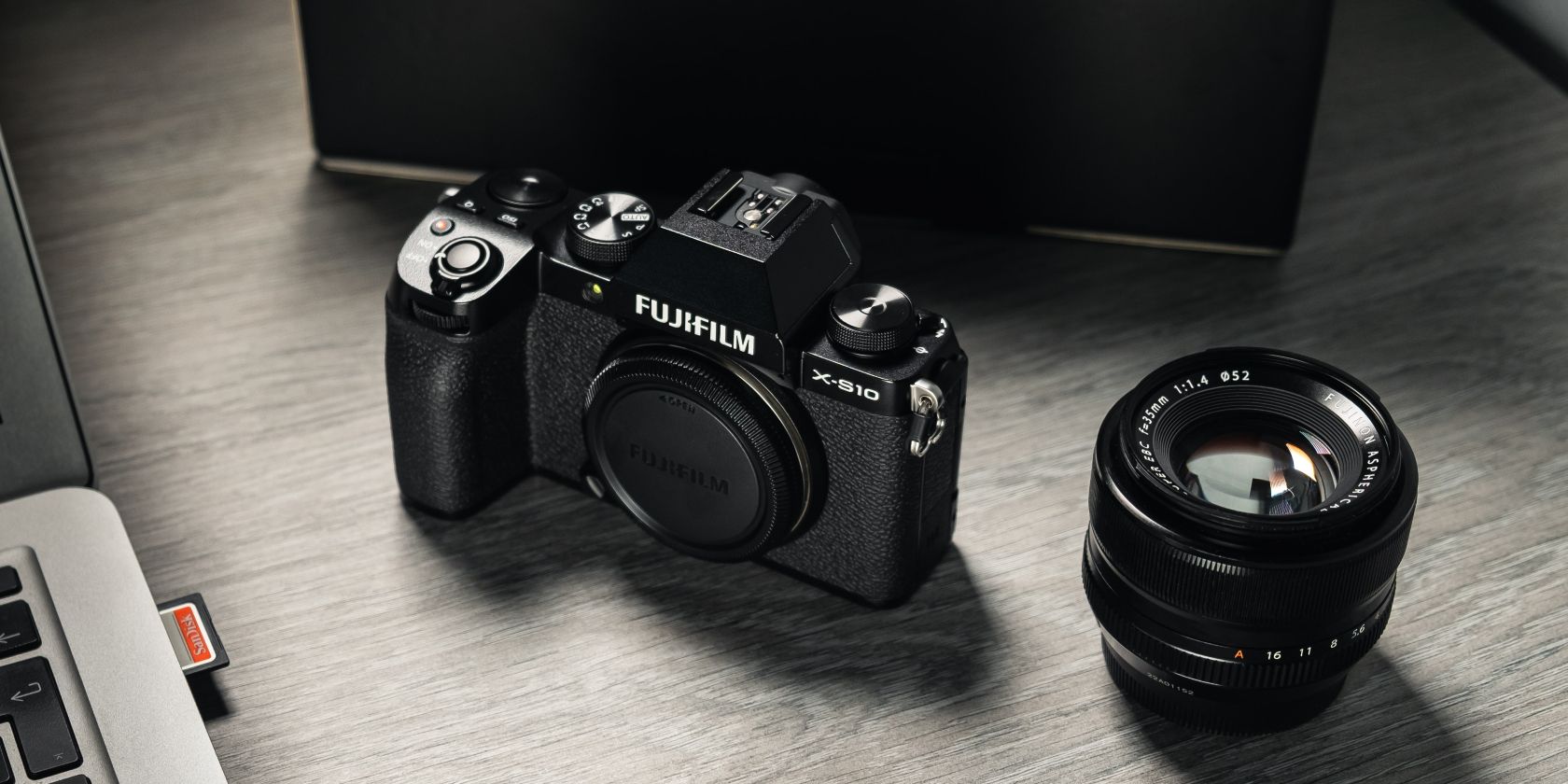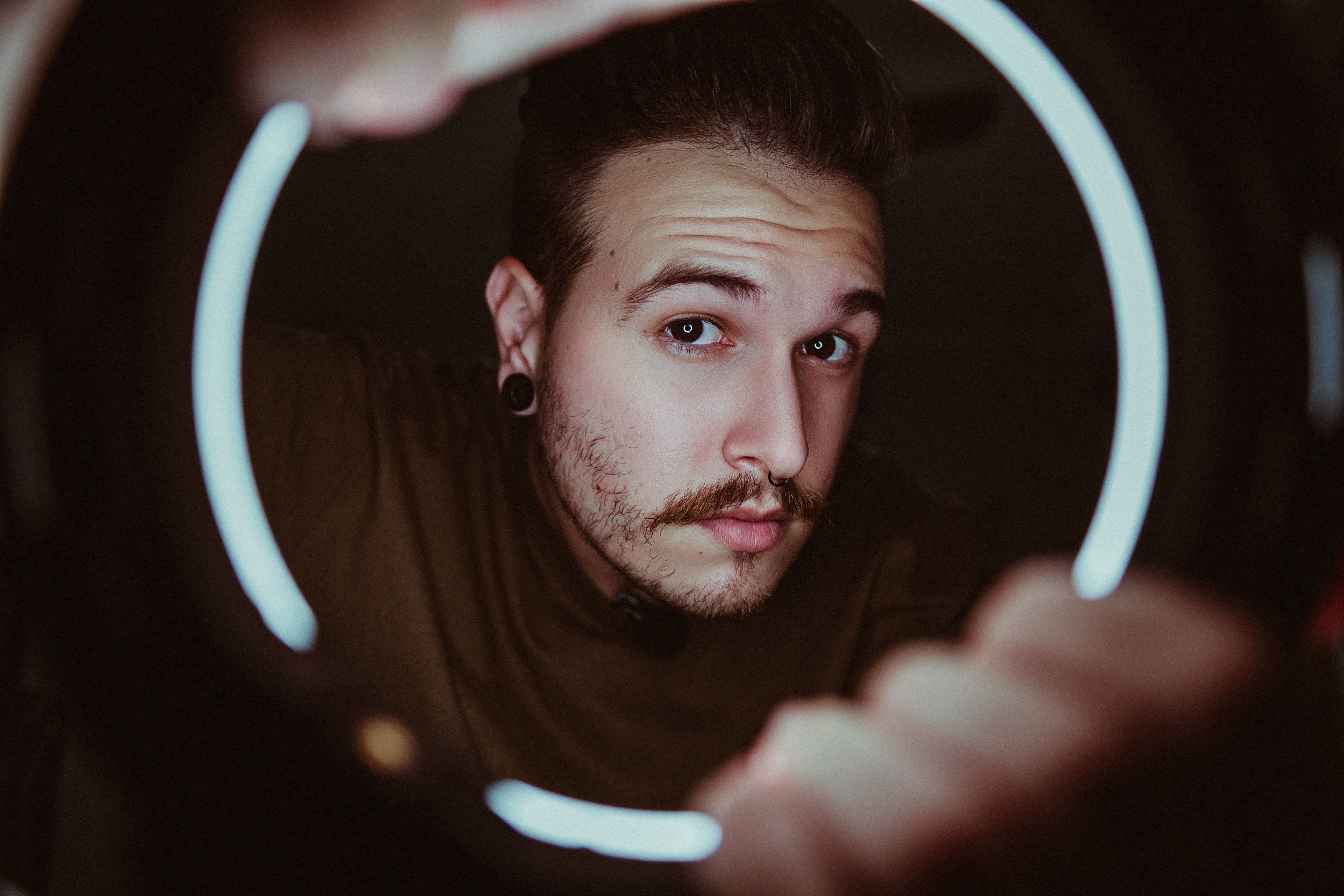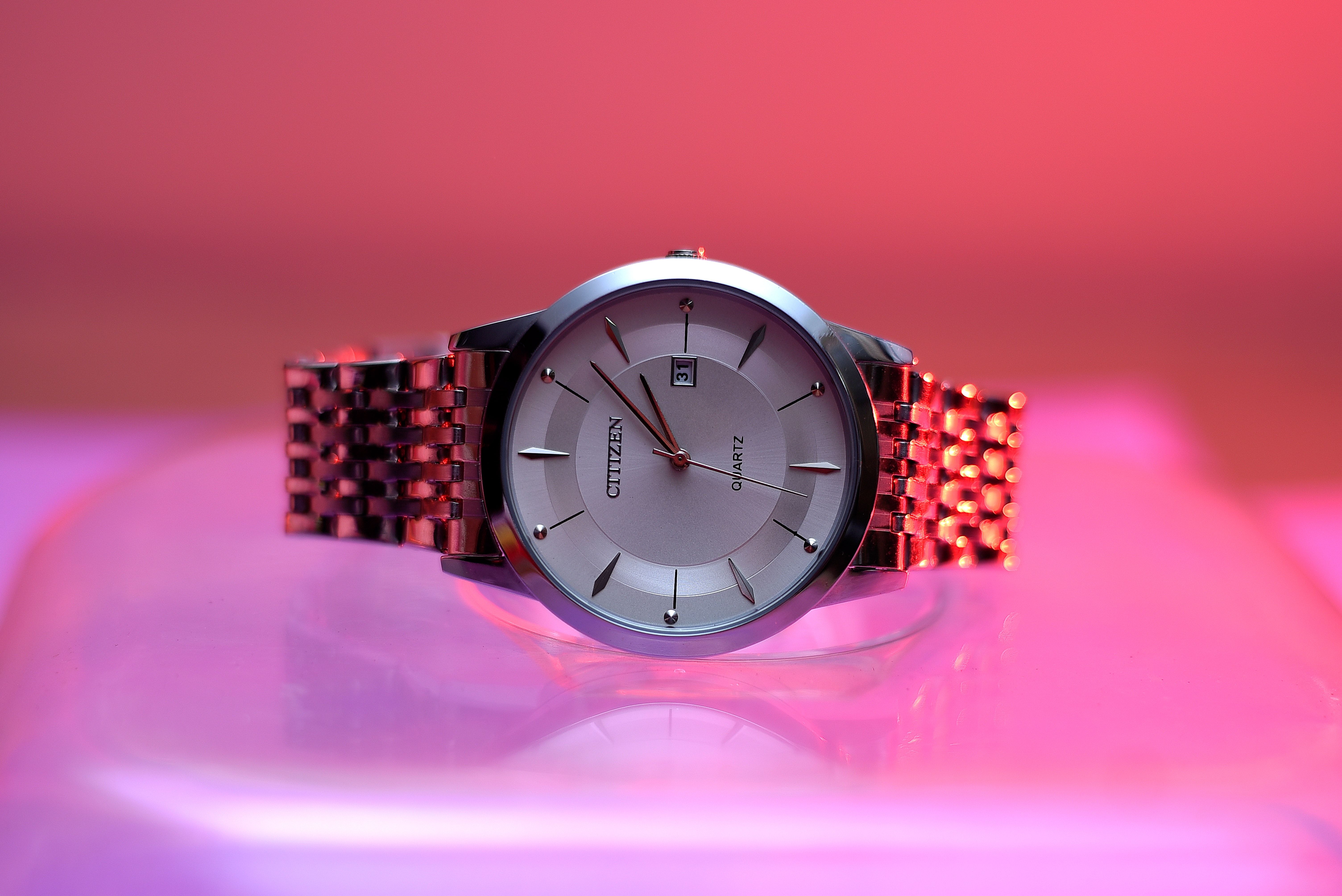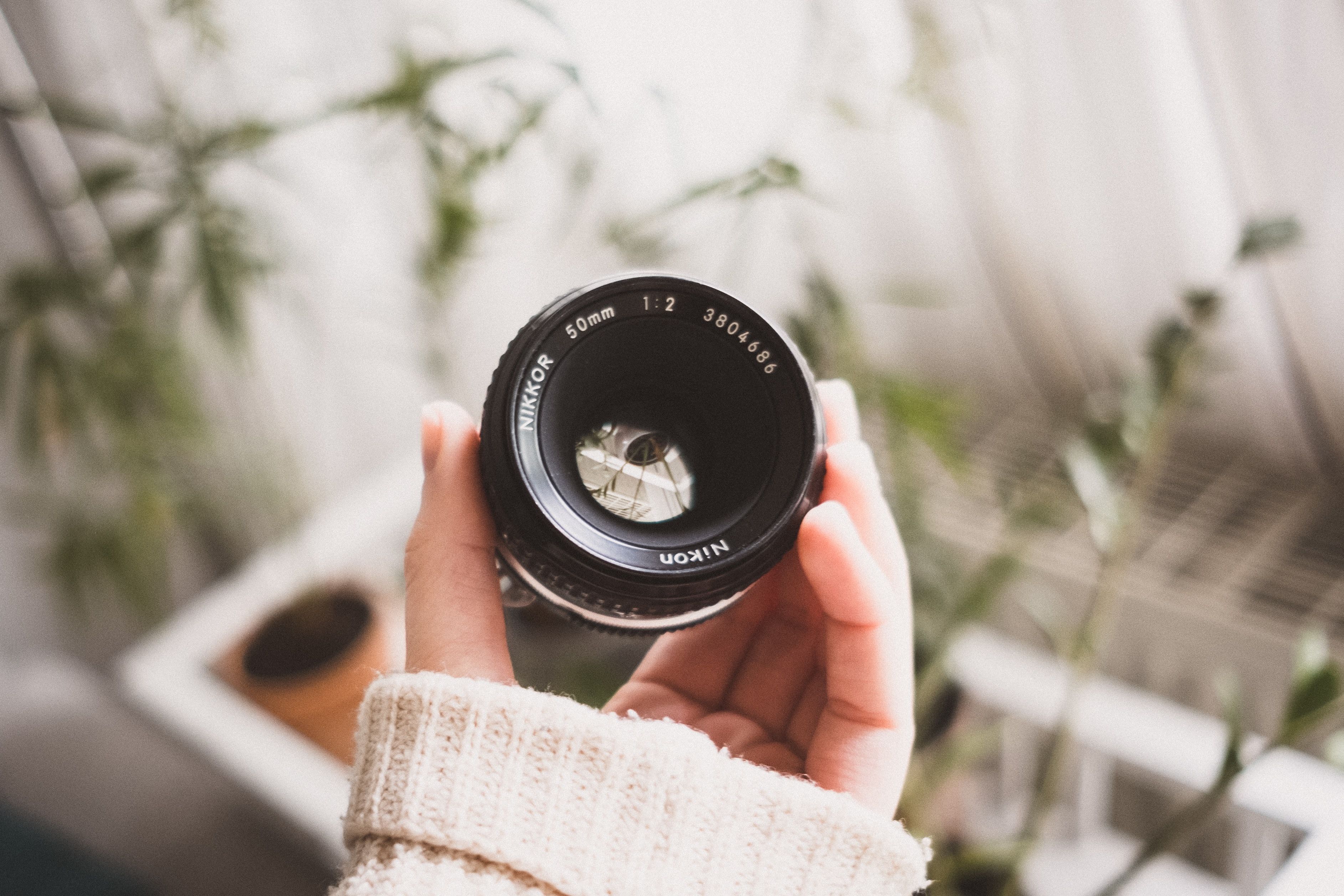As you become more advanced in photography, you might begin thinking about ways to monetize your craft. Luckily, there are multiple ways you can do this; client work is one of the most common initial routes.
Many client projects involve taking photos of products, such as headphones and sneakers. You might think that your job is as simple as pointing your camera at the item and sending the images, but the reality is a little different.
As a product photographer, you’ll probably make several mistakes in your early days. We’ll cover seven of the most common errors below so that you know what to avoid.
1. Not Confirming the Types of Pictures Your Client Wants
During your career as a freelance creative, you’ll almost certainly encounter difficult clients. However, many negative experiences often stem from miscommunication. You might think that you know best as a photographer, but you should always confirm with the client to find out what they’re looking for.
Depending on the company or campaign, your client might want a simple shot with the product on its own. But in other instances, they might want a fashion shoot with a model wearing their watch, shirt, or whatever it is that they’re advertising.
Before you pack your gear and head to your photoshoot, always check in with the client to ensure that you’re on the same page. That way, you’re more likely to satisfy them.
2. Ignoring Both Natural and Artificial Lighting
Lighting is the most crucial aspect of photography; you don’t have a picture whatsoever without it. But while many photographers are good at factoring in natural lighting, we can sometimes forget that artificial lighting can dramatically impact how our images look.
Before taking photos of the product, think about the conditions you want to shoot in. Is the item more likely to be used inside or outdoors? Has your client asked for something moody, for example, or are they looking for a bright and airy shot?
Once you’ve answered these questions, you can consider additional lighting props that you might need. Ring lights are popular among photographers, but you can also use neon lights.
3. Focusing on Composition but Ignoring Colors
With the exception of lighting, composition is the most crucial aspect that makes a good photo. You should think about how you can make a product look interesting, factoring in concepts like the rule of thirds. However, many photographers—especially beginners—disregard the importance of colors.
Before you photograph the product, study the colors you’ll shoot and think about how they can harmoniously work together. Adobe Color is a helpful tool for showing you which shades do and do not cooperate.
You can also tweak colors in post-production to boost saturation, hue, and so on. As long as you make the pictures look somewhat realistic and meet your clients’ needs, you’ve got a little room for maneuver here.
If you successfully use color theories, you can surprise your client with how good the images look—and they won’t even know why.
4. Ignoring the Product’s Most Impressive Features
Getting acquainted with the main subject will make your job much easier when jumping into any photography genre. Before you start capturing the product, you should take some time getting to learn more about the item and its most remarkable features.
Think about what makes this product stand out from its competitors. Does it have cool buttons? Or perhaps it’s made out of unique material. Try to capture a range of shots and highlight what makes the product interesting. That way, your pictures will stand out, and your client will have an easier time marketing your images.
5. Overcomplicating the Photos
Overcomplicating images is a problem that many photographers in multiple genres often do, but it’s especially true for product photography. Adding too many things into your picture takes the viewer’s eyes away from what they were supposed to look for and dilutes the message you intended to communicate.
When you take photos of products—or anything, for that matter—you should always ask what you don’t want in the image before determining what to do. Ideally, you should have one main focal point (two at most).
Keeping your images simple will enable you to share the message you’re trying to convey much easier.
6. Not Considering Where the Client Will Use Your Photos
Many companies need to have an online presence across multiple platforms these days. In addition to their websites, businesses market themselves through display ads and a wide range of social media platforms.
Each marketing channel that your client uses—or might use in the future—will require different image styles and dimensions. For example, a landscape shot on a company’s website might not look as sharp if they publish it on their Instagram account.
Before shooting the product, ask your client where they plan to use the images. At the very least, deliver images that will suit those platforms; if you want to go above and beyond, shoot some extras that they can use on new channels in the future.
7. Disregarding Compression
In product photography, you must choose your lens carefully. The equipment you use can dramatically alter how your pictures look, and different lenses will compress your photos in different ways.
The lens you choose isn’t necessarily right or wrong; photographing a model wearing the product will have different requirements from capturing the item on its own. An 85mm lens will probably work well in the first scenario, but perhaps not so much for the latter.
If you don’t have the equipment you need, you can always find a place to rent them from. Alternatively, you can pick from one of several second-hand photography websites to save a little money on your purchase.
There’s a Lot to Consider When Doing a Product Photography Shoot
If you want to get paid to take pictures, product photography is one of the best ways to get your foot in the door. However, capturing images of clients’ offerings is often trickier than most people think—and if you don’t deliver, you risk not having that company consider you for future projects.
With a little planning beforehand, you can ensure that your product photography shoot is smooth and successful. Think about lighting and keep your images simple while focusing on the product’s core features that help it stand out.





